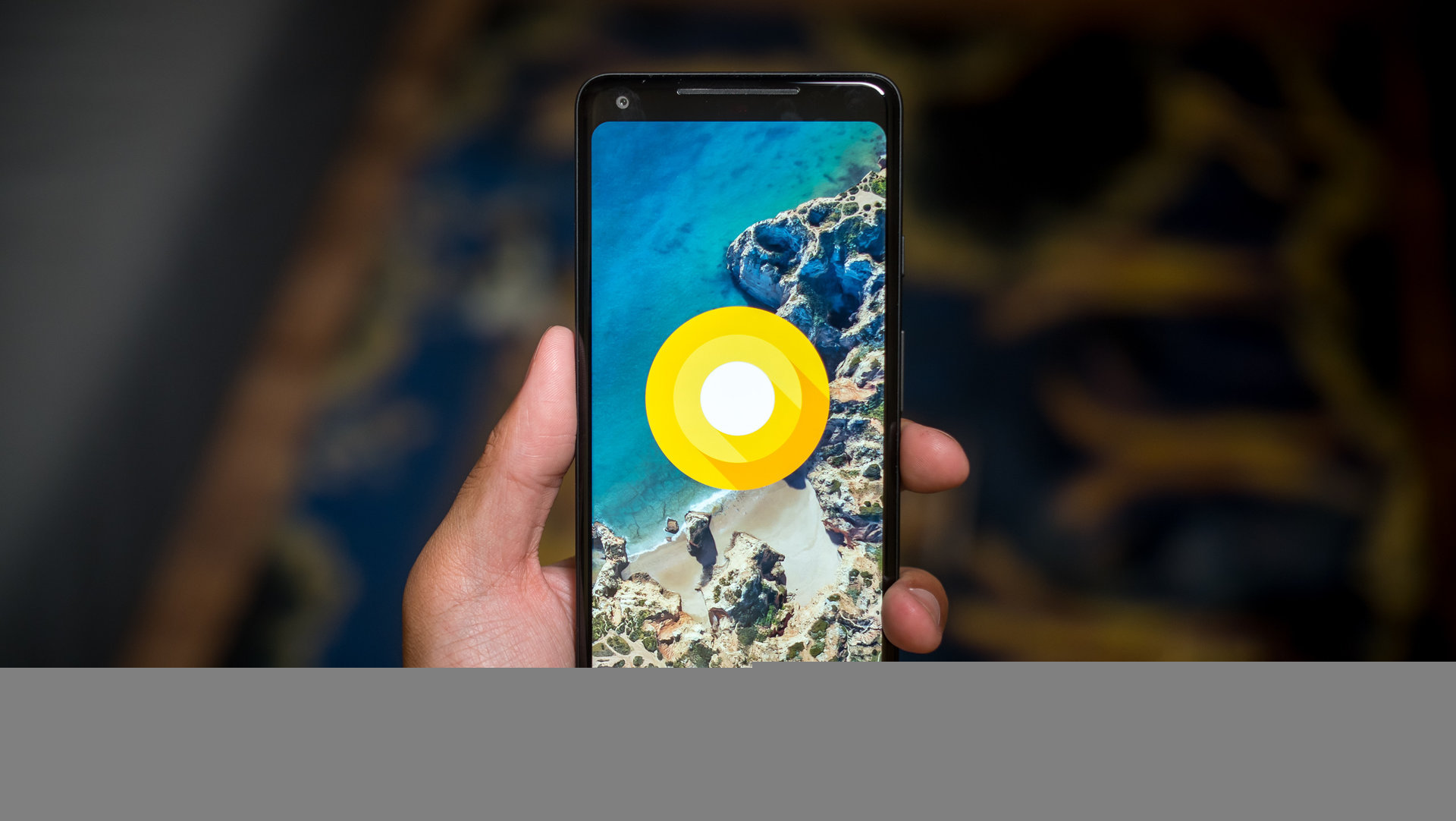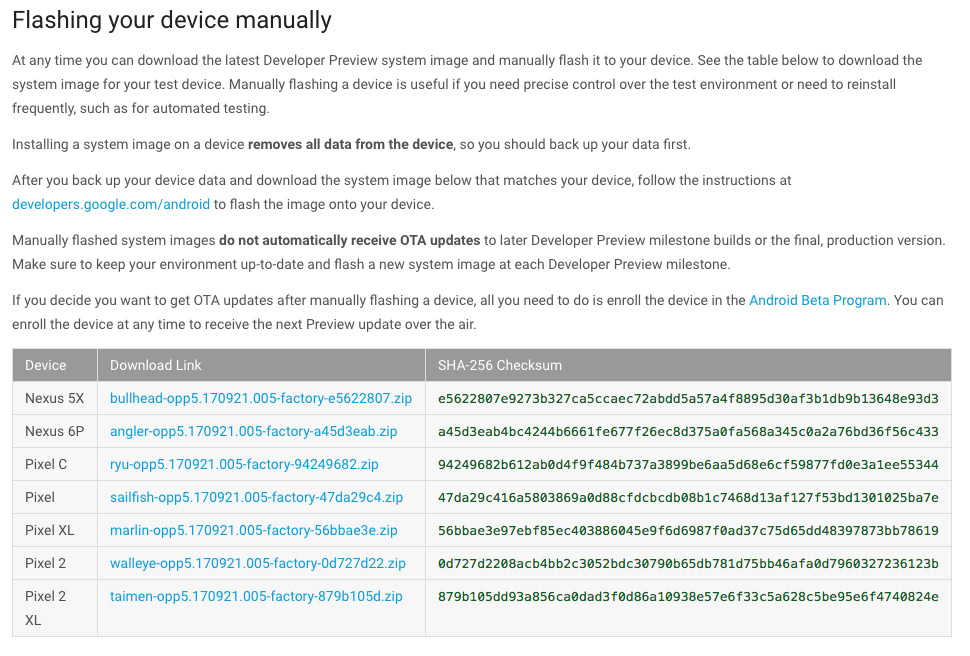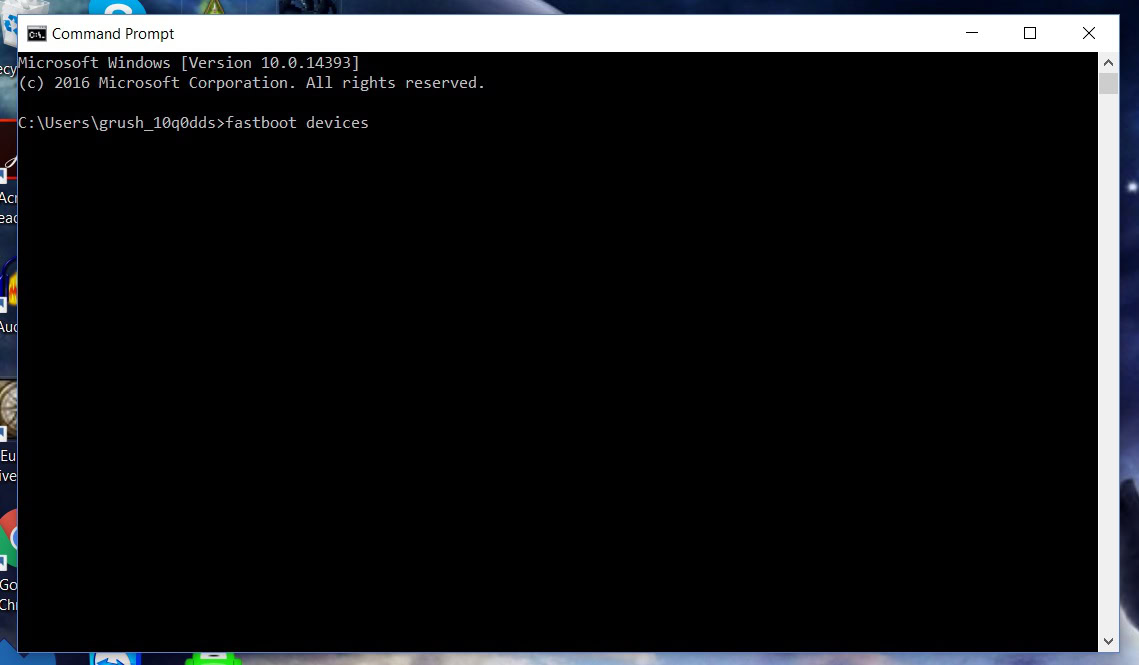Affiliate links on Android Authority may earn us a commission. Learn more.
How to flash Android Oreo on your Pixel or Nexus

Google may have launched the Pixel 2 and Pixel 2 XL with Android 8.0, but we’re already getting a taste of the next version of Android. As of right now, Android 8.1 Oreo is available as a developer preview, though the final version is slated for release before the end of the year. If you aren’t keen on enrolling in the Android Beta Program for whatever reason, you can manually flash it to a supported device.
So what devices will work with Android 8.1 Oreo? The Google Pixel 2, Pixel 2 XL, Pixel, Pixel XL, Pixel C, Nexus 6P, and Nexus 5X all made the cut. As for how hard it is to flash? Actually, it’s pretty easy. There are a few hoops to jump through, but nothing too difficult. Of course, as with everything flashing, you’re doing so at your own risk.
For those that are familiar with flashing, there’s really nothing new about this process with Android Oreo. If you’re never flashed an update at all, this guide will take you through everything you need to know about the process.

What will you need before you get started?
- A compatible Nexus or Pixel device along with a USB cable to connect it to your computer.
- The Android SDK installed on your machine with ADB and Fastboot command successfully working. Here’s a tutorial on how to do that.
- You’ll also need the appropriate factory image for your device. Go to this website to download them and make sure you get the right one for your device. It’s worth it to spend a moment to make sure you have the right one rather than have to deal with the issues of downloading the wrong one.
- You’ll also need 7zip or a similar program that can handle .tgz and .tar files. You can download 7zip for free here.
- You will also need to unlock your bootloader. Beware, this will erase your data. It’s also worth noting that flashing a factory image will also erase your data. Make sure to back it up!
Unlocking your bootloader
Before you get started, if your phone’s bootloader has never been unlocked, you’ll need to do a few extra steps before manually installing Android O. Remember, opening the bootloader will reset your phone, losing all personal data.
With that out of the way:
- If you haven’t already, you’ll need to turn on developer options. To do so, you just need to go to “About Phone” and tap seven times on “Build Number”.
- From there, enable USB debugging and OEM unlock on your Nexus/Pixel device. These can be found in “developer options” section.
- Go ahead and plug in your device to your PC via USB cable now.
- Open a command window on the PC.
- Boot your Pixel device into bootloader mode using the following command: adb reboot bootloader (if it requests you to authorize this, say yes)
- Your device will boot into bootloader mode. From here type the command: fastboot flashing unlock
- For the Pixel family, you’ll get a confirmation screen. Press Volume Up to highlight yes, and power to select it. This will begin bootloader unlocking process.
- Once unlocked, your device will reboot into bootloader mode. Now you simply need to type fastboot reboot.
- During this reboot, your device will go through a factor reset. This part is now over.
How to manually install Android Oreo on a Nexus or Pixel device

Keep in mind that this process is pretty straightforward, but things can and do go wrong if you don’t carefully follow instructions. With that out of the way, here’s what you need to do:
- If you aren’t in the bootloader menu still, you’ll need to go back in. From here, you’ll want to test that your device and PC are communicating by typing fastboot devices — if it comes back with your device’s serial number, you’re golden. If not, you’ll probably need to hit up Google search for some troubleshooting.
- Next, it’s time to prepare the factory image you downloaded earlier. On your computer, use 7zip to extract the .tgz file you downloaded. Use 7zip a second time to extract the .tar file you extracted from the .tgz. When you’re done, you should have a folder with several files in it.
- Copy all of these files and paste them in the platform-tools folder in the Android SDK on your computer. If you followed the above tutorial, this should be under the C drive, then under Program Files (x86) on Windows. Linux users, you know where you put it.
- There are two flash-all files. If you’re in Windows, you’ll want to double click the one that has the gear logo and says “Windows Batch File” on the right. If you’re on Linux, you’ll want to double click the flash-all.sh.
- At this point a box should pop up and you should see the installation taking place. While this is going on, do not unplug your device for any reason. Let it do its thing.
- Once the installation process as finished, your device will automatically reboot and you should see the Android O boot animation start up. You can now safely disconnect your device from your computer.
That should be it. If this method doesn’t work for you for whatever reason, there are a few other ways to go about things and to figure out the method that works best for you, we suggest either ask away in the comments to see if anyone can help you out, or hit up Google search. Good luck, have fun, and we hope you enjoy the latest preview!